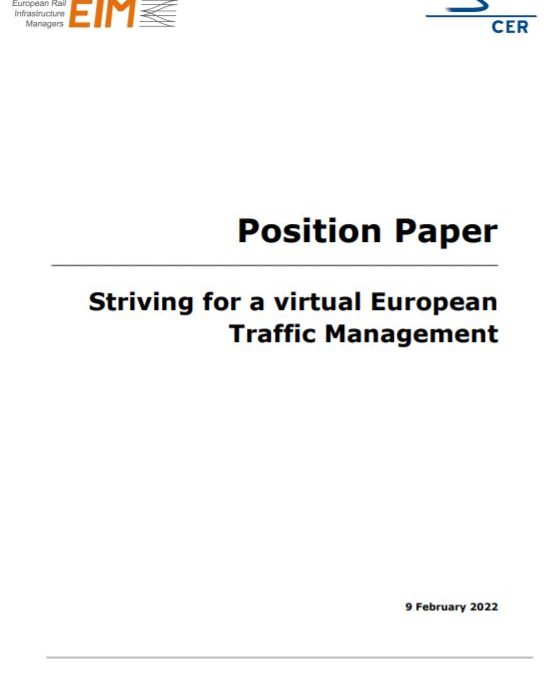Other Publications
Background
EU’s Smart and Sustainable Mobility Strategy sets ambitious targets on rail transport, both passenger and freight, granting it a prominent role in the transition towards zero-emission mobility and the delivery of the EU Green Deal objectives. The Strategy sets ambitious targets in international rail, both passenger and freight, resulting in more demands in efficient traffic management on a European level. In parallel to the initiative of Infrastructure managers (IMs) to create a virtual European Traffic Management network also according to Regulation 913/2010, Rail Freight Corridors are required to put in place procedures for coordinating traffic management and to ensure optimal coordination between the operation of the railway infrastructure and the logistic terminals (Article 16). It is also envisaged that in cases of disturbances to normal operations on rail freight corridors, common targets for punctuality and/or guidelines for traffic management are to be adopted (Article 17).
CER and EIM’s Position Paper on Rail Freight Corridors Regulation states that a more efficient cooperation among all the actors of the logistic chain is needed with the final aim to improve performance and the reliability of the international rail transport in both regular services and the services after disruptions.
Traffic management is an area which plays a key role in strengthening the competitiveness of international rail transport for both passenger and freight. The sector recognizes there is room for improving cooperation between traffic control centers of individual IMs. RailNetEurope’s (RNE) Members have recently published a Declaration of Intent to implement joint actions to achieve a more effective international railway traffic management.
Read the full Position Paper to learn more :



